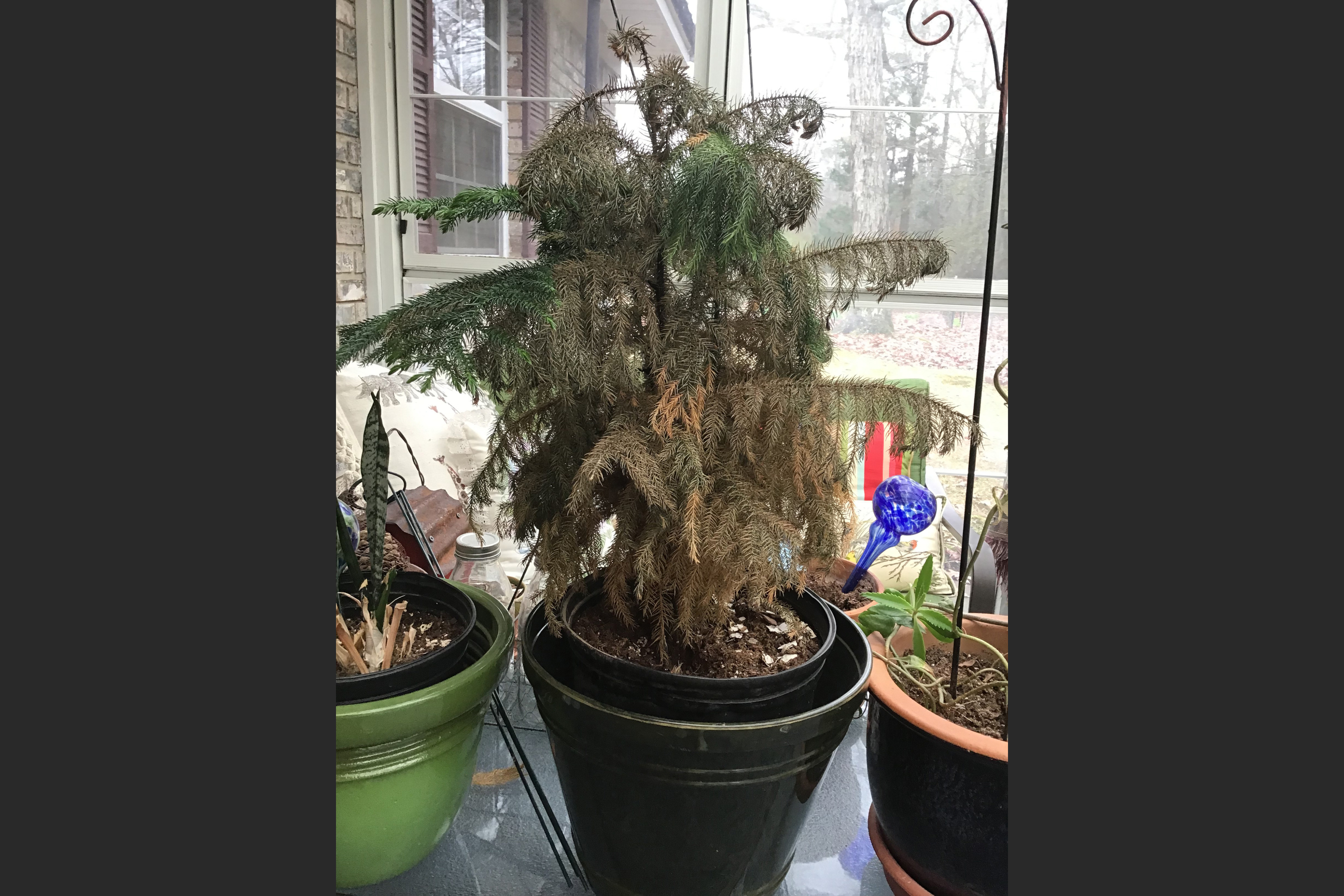Q: Could you tell me the name of this grass planted in Sheridan? [The reader sent a photo.] It stays green in the winter, grows to a short height and somehow without any apparent means (seeds), jumps to grow in new places.
A: The plant in question is commonly called mondo grass (Ophiopogon sp.). It is sold as a groundcover for the shade. I know of several people who have planted it as a lawn substitute in shady areas. It will tolerate some foot traffic and mowing. It can be slow to get established, but once it does, it will spread a bit more each year. If it is not mowed, it will form miniature clumps of green grassy plants that can send up small bloom spikes.
■ ■ ■
Q: I read your recent question on bamboo. Fifteen years ago, or so, I planted some 20-foot bamboo. It did just what I wanted it to do. When it got to the little creek, it stopped. It is a wet weather creek. So mostly it's a ditch. It won't cross the ditch. So, dig a ditch. Be happy for you to look at it.
A: I think you are fortunate. Bamboo has the ability to spread in a distance as far as the plant is tall, so yours has the ability to come up 20 feet in all directions. I have seen it come up on the other side of a wide driveway. Digging a concrete footing or putting in a steel plate can prevent spread, but you have to make it fairly deep. There are clumping varieties of bamboo that will not spread and can offer a quick screen. I, for one, would not plant bamboo, and I think there are many gardeners who are sorry they did.
■ ■ ■
Q: My Norfolk pine needs help. Do you have any solutions?
 This damaged Norfolk Island pine might rebound if given a severe haircut. (Special to the Democrat-Gazette)
This damaged Norfolk Island pine might rebound if given a severe haircut. (Special to the Democrat-Gazette)
A: My first reaction is buy a new plant. Norfolk Island pines can be a finicky houseplant. They like bright light, even moisture — but not too dry or too wet. The needles can dry out if they have heating vents hitting them. Your plant is two-thirds damaged and has definitely seen better days. If it has sentimental value and you want to try to save it, you have two options. One, remove all the damaged, dry branches and see what it looks like. Two, cut it back to about 6 inches from the base and see if it grows back in. Good luck.
■ ■ ■
Q: Last year my mustard greens made it through the cold with little damage, so I did not cover them when this cold snap hit, and they look horrid now. Should I just replant when this weather warms up? It was colder last year, so why did I have more damage this year?
A: Winter damage occurs for a variety of reasons. Low temperatures of course are a big factor, but so are other weather conditions — moisture levels, cloud cover, wind speed — and the growth of the plant. The mild weather we had in December made plants much more tender, because they were more actively growing than they normally would have been in December. Think of all the blooms we had on shrubs and flowers. This tenderness can account for the damage. If you can be patient, it is possible the greens will grow back, but more low temperatures are headed our way, so you might just want to cut your losses and replant in a month or so.
Retired after 38 years with the University of Arkansas Cooperative Extension Service, Janet Carson ranks among Arkansas' best known horticulture experts. Her blog is at arkansasonline.com/planitjanet. Write to her at P.O. Box 2221, Little Rock, AR 72203 or email jcarson@arkansasonline.com
